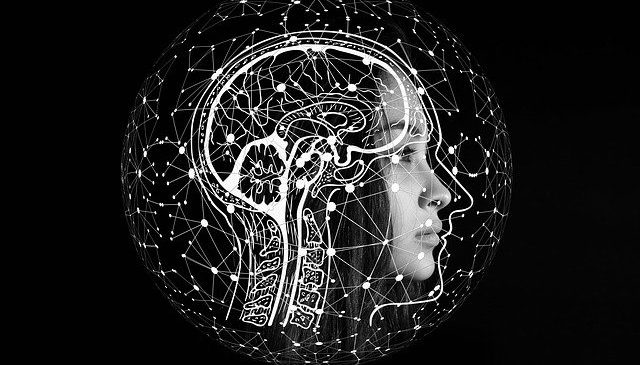
Recently a meta-analysis published in Lancet Psychiatry linked cannabis to psychiatric symptoms. While this has not been the first study to make such suggestions, here we discuss the implications of the work and gaps in this analysis.
With approximately 188 million people using cannabinoids on a global scale (based on 2017 statistics), the issue of possible psychiatric symptoms is of paramount importance and clarity is of the essence.
It is important that the risks and benefits of cannabis use are spelt out clearly without causing significant alarm. This includes the risk of inducing acute psychiatric symptoms as well as other possible detrimental effects.
The main psychoactive compound in cannabis– tetrahydrocannabinol, or THC–has long been associated with acute psychiatric symptoms or temporal psychosis. However, there is also a chicken-and-egg phenomenon related to cannabis use and the development of schizophrenia: does cannabis cause schizophrenia or do people self medicate with cannabis before receiving a diagnosis?
While we still don’t know this answer for sure, as single studies cannot provide definite conclusions, this recent meta-analysis of multiple studies, has provided some insights.
Cannabis and Psychiatric Symptoms
A meta-analysis evaluated the effect of THC alone as well as in combination with cannabidiol (CBD) on psychiatric symptoms in healthy people by reviewing several studies on the topic. A placebo (inactive substance) group was included for comparison.[1] The researchers used the search engines MEDLINE, Embase, and PsycINFO to find data on this topic, and included studies published in English from May 21, 2019.
The psychiatric scales used were the Brief Psychiatric Rating Scale (BPRS) and the Positive and Negative Syndrome Scale (PANSS), standard measures used in psychiatric research, to determine symptoms after acute administration of intravenous, oral, or nasal THC, CBD, or placebo in healthy participants. Positive psychiatric signs include delusions and hallucinations, while negative signs include blunted affect and amotivation. Fifteen studies were included.
The results showed that, compared to placebo, a single administration of THC significantly increased the severity of both positive and negative symptoms. CBD on the other hand did not significantly cause these symptoms nor reduce THC-induced symptoms. The researchers concluded that THC poses potential psychiatric risks when consumed by healthy individuals.[1]
Study Limitations & A Rebuff
This is not the first time that THC has been associated with acute psychotic symptoms, such as paranoia and hallucinations. However, this meta-analysis had some shortcomings.
As noted in the discussion, the low number of studies included prevented proper statistical analysis as they were underpowered (low sample size). Also, the researchers combined summary scores across studies, which prevented them from analyzing individual symptoms.[1]
Additionally, important variables were not taken into consideration which this could potentially introduce bias in the results. These includes differences in dosing, biological sex, age, previous cannabis use, tobacco use, and cannabinoid/terpene profile, among others.
While there are different strengths and weaknesses of meta-analyses vs. individual studies, it’s important to keep in mind that this topic is very important and requires further study to understand who might be at higher risk of experiencing these possible effects.
Cannabis users should always consider the benefits and potential risks of treatment–any treatment–and carefully decide in collaboration with a physician what is best for them, as even medications that are available by prescription carry safety risks.
Image Credit: Gerd Altmann
Image Source: https://pixabay.com/users/geralt-9301/
References
- Guy H, et al. Psychiatric symptoms caused by cannabis constituents: A systematic review and meta-analysis. Lancet Psychiatry. 2020;7(4):344-353.
- Schoeler T & Bhattacharyya S. (2013). The effect of cannabis use on memory function: An update. Substance Abuse and Rehabilitation. 2013;4:11-27.
